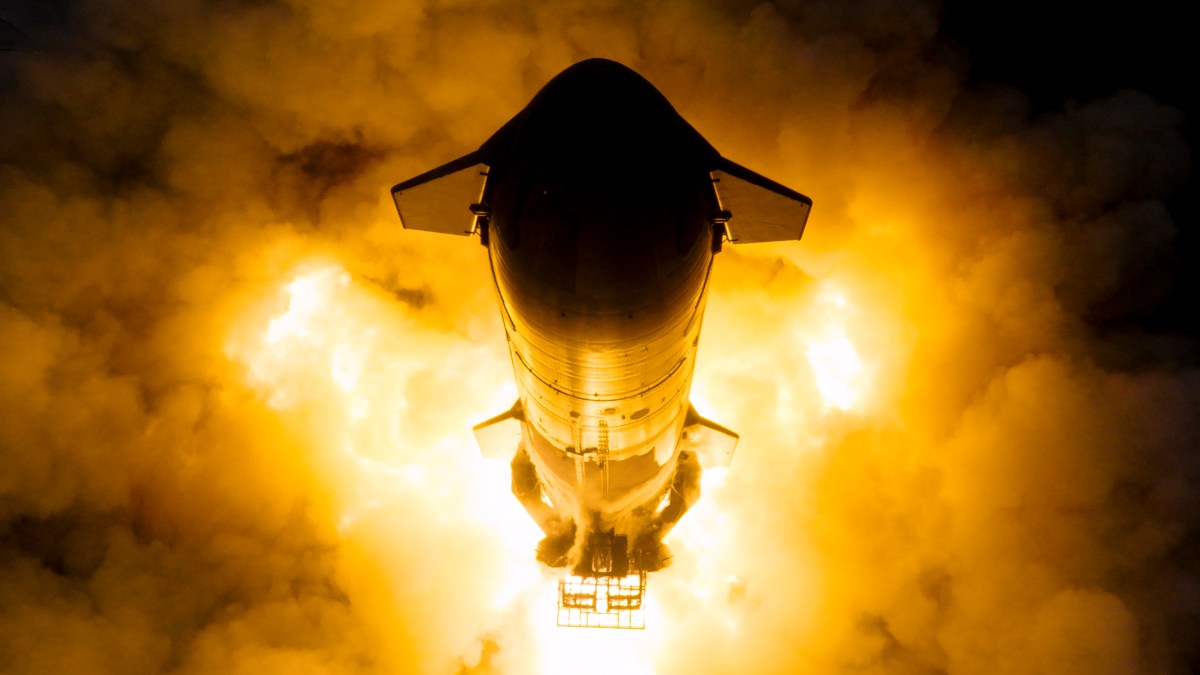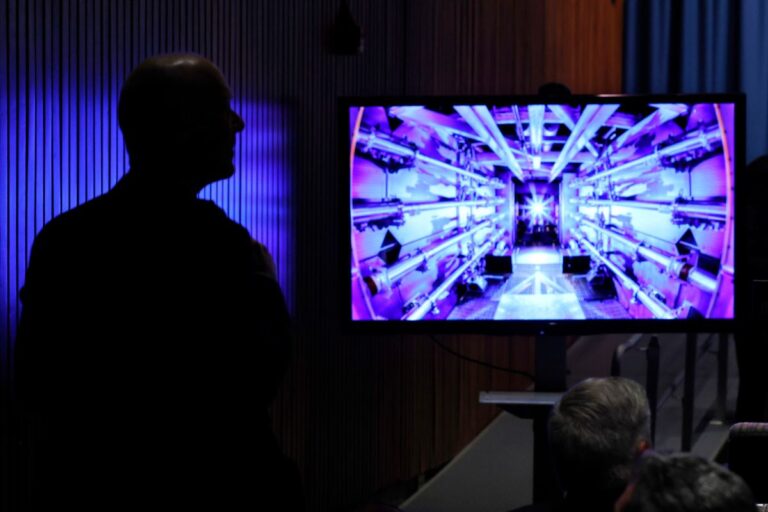SpaceX Starship Self-Destructs: Propellant Leaks Ignite Fires and Cause Communication Blackout
SpaceX has announced that the recent Starship explosion was triggered by a series of cascading events due to propellant leaks. The company has assured that these issues have been resolved ahead of an upcoming eighth test flight, potentially scheduled for this Friday.
SpaceX Awaits FAA Investigation Conclusion
Currently, SpaceX is in a waiting period for the Federal Aviation Administration (FAA) to either officially conclude the investigation into the mishap or grant special authorization for the flight to proceed while the investigation remains open.
Significance of the Mishap Investigation
This situation marks the first instance where SpaceX is under a mishap investigation while CEO Elon Musk operates within the U.S. government. His team, known as the Department of Government Efficiency, is actively implementing changes at the FAA. The agency has yet to respond to inquiries regarding the investigation.
Details of the January Starship Test
The January test flight of Starship began smoothly, with the company aiming to evaluate several enhancements made to the Super Heavy booster, the launch-and-catch tower, and Starship itself. The heavy-lift rocket launched successfully and the booster returned to Earth for recovery.
Sequence of Events Leading to the Explosion
However, complications arose approximately two minutes post-launch when Starship ignited its rocket engines. According to SpaceX, a flash was observed in the aft section of the vehicle, near one of the Raptor vacuum engines. This was followed by:
- A rise in pressure detected by onboard sensors, indicating a propellant leak.
- A second flash occurring two minutes later, leading to sustained fires caused by the leaks.
- Controlled shut down sequences of all but one engine and a subsequent loss of communication with the spacecraft.
Causes of the Propellant Leaks
SpaceX has indicated that these leaks were likely due to vibrations surpassing expected levels during testing, resulting in increased stress on the propulsion system’s hardware. The in-flight abort system was ultimately triggered, leading to the ship’s destruction.
Impact of the Explosion
The explosion created a stunning visual over the Turks and Caicos islands and prompted the FAA to reroute several flights to ensure safety. SpaceX reported that all debris from the Starship landed within a predetermined Debris Response Area, a safety zone established with government agencies prior to flights. Local residents shared images of debris washing ashore, and at least one vehicle sustained minor damage from falling debris.
Improvements Made by SpaceX
In response to the incident, SpaceX has implemented several enhancements to prevent future occurrences:
- Modified fuel lines leading to Starship’s engines.
- Adjusted propellant temperature settings.
- Added extra vents and a new purge system to strengthen the aft section against propellant leaks.
For more information on SpaceX’s ongoing developments, visit their official website.







